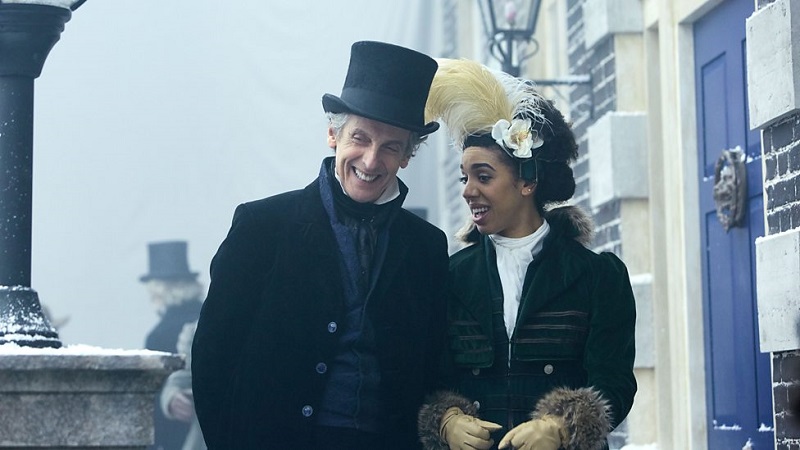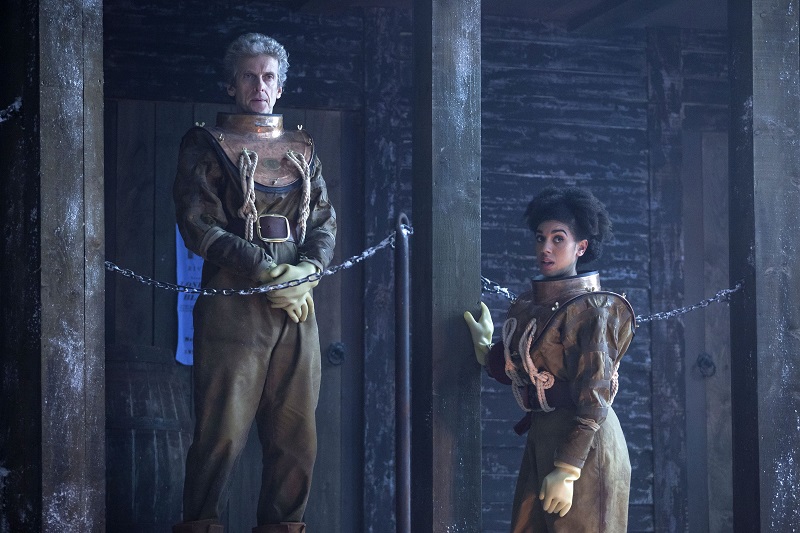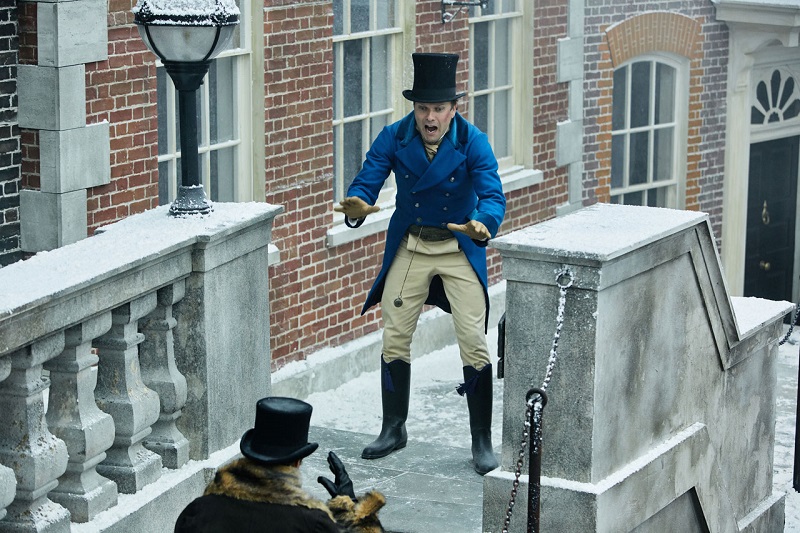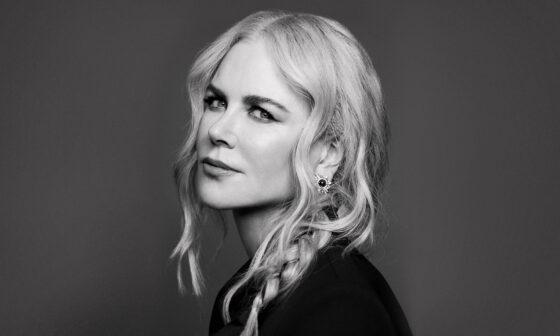
From the distant future to the 19th Century ‘Thin Ice’ picks up where ‘Smile‘ left off, seeing The Doctor (Peter Capaldi) and Bill (Pearl Mackie) arriving in 1814.
After the Doctor and Bill attempt to go back home to modern day England the TARDIS ends up taking them to the last Great Frost Fair, where the River Thames is frozen solid and on the ice are performance artists and games. Yet mysterious green light flicker under the ice as a monster threatens everyone on the surface.
Series 10 of Doctor Who continues to act as a soft-reboot of the show, re-establishing facts and rules of the show: this time Bill asking about the dos and don’ts regarding time travel. She asked about the butterfly effect, the logical question anyone would ask if they were able to travel back in time and adds to her geeky credentials.

Bill acts as a fresh pair of eyes regarding the Doctor’s views on death, questioning him after seeing someone die for the first time: his answer basically being he can’t save them all. Yet when he faces the villain of the episode, Lord Sutcliffe (Nicholas Burns), they have a moral debate with Sutcliffe about life and death and his responsibilities as a man in power.
Pearl Mackie as the companion has so far been a likeable presence – having an upbeat personality and basically acts like sci-fi fan getting to live out her fantasies. In this episode Mackie gets to flex her dramatic muscles when she asks whether the Doctor has ever killed anyone and has an obvious effect on her. It gives the episode a slightly darker edge. It’s early days but Mackie shows she has the potential to be one of the best companions in the modern era. Mackie also had the best comedic moment when she has an over-excited reaction.
“Thin Ice” makes a deliberate point about the racial prejudice of the time. Like Martha Jones in “The Shakespeare Code,” Bill makes a point that her skin colour would make her noticeable but “Thin Ice” goes even further. Bill comments that Regency England was more black than the films made it out to be and there are racists around. This is hardly the most nuanced approach toward the subject but at least there is the effort in a prime-time show.

In the episode the Doctor and Bill ally themselves with a group of street urchins who were unwittingly helping the villain. Although the episode was set in the Regency period they were an Oliver Twist quality due to the urchin’s existence on the street and the ending in 1814 acted as a riff on the ending of some Charles Dickens’ novels.
The production values were a mixed bag in the episode. The costumes and set design were of a high standard and director Bill Anderson used the limited space on the ice to the fullest. However, the new Sonic Screwdriver looks like a cheap toy rather than a professionally made prop and the small angler fish props looked incredibly rubbery. Doctor Who is never going to match top tier American shows in the special effects department yet the CGI towards the end of the episode suffered from budgetary limitations.
In pretty much all the previous modern episodes set in the past the monster had some sort of alien or otherworldly origins. “Thin Ice” breaks that mould because the monster is from the mysteries of Earth’s depths and it is a victim of the real villain who holds it hostage. Hopefully, the show will continue to explore other sci-fi ideas beyond aliens.
Since the revival of Doctor Who the programme has some sort of overarching storyline or mystery of the course of a season. This season it revolves around the vault in the university which means the Doctor is not meant to leave Earth and Nardole (Matt Lucas) is clearly afraid of what’s inside it.
There has been a gradual trajectory upwards in the quality of episodes in this series of Doctor Who. The adventures so far have been solid if unremarkable. They let the audiences get to know Bill: we shall see what her home life is like in the next episode ‘Knock Knock’.
#Peace.Love.DoctorWho








